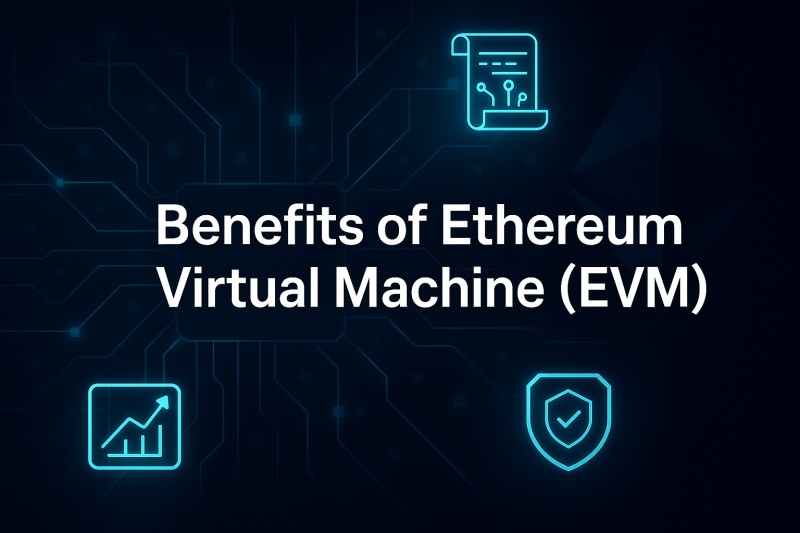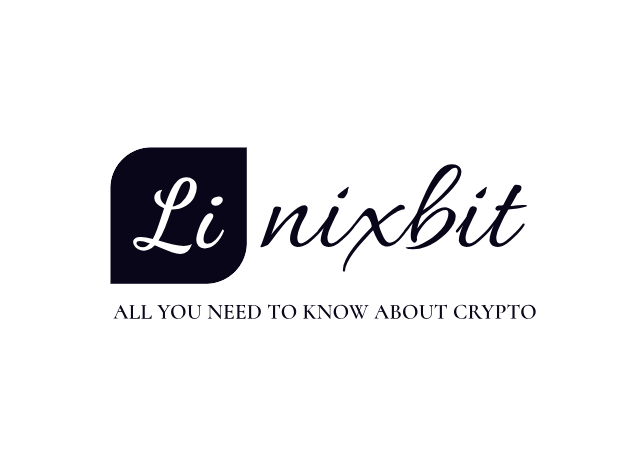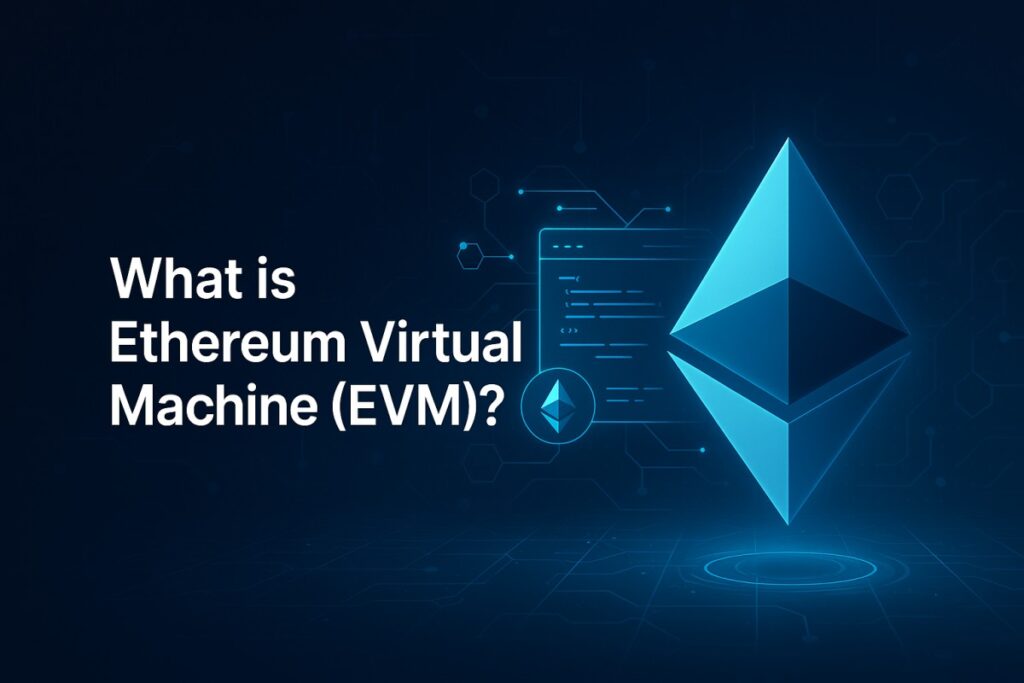As a crypto enthusiast, you might have heard about EVM, but do you really know what is Ethereum Virtual Machine? Ethereum Virtual Machine (EVM) serves as a critical component of the Ethereum blockchain, which allows developers to create decentralized applications (dApps) that operate independently without the need for trust. The Ethereum Virtual Machine functions as the core programming component of Ethereum by guaranteeing unified smart contract operation throughout the network for any hardware type or geographical location and across multiple operating systems. This deep dive provides an exploration of the EVM by detailing its nature and functions along with its main features and the advantages and challenges it faces, while also examining its future within the wider blockchain ecosystem.
What Is the Function of Ethereum Virtual Machine (EVM)?
The primary function of the Ethereum Virtual Machine (EVM) is to serve as a decentralized computing platform through its computational capabilities. The EVM establishes a runtime environment which enables the execution of smart contracts which function as self-executing applications that contain logic in programming languages such as Solidity. Smart contracts operate through thousands of distributed nodes while the EVM guarantees deterministic results which remain consistent throughout the network.
The Ethereum Virtual Machine (EVM) converts high-level code into bytecode which allows it to function within the Ethereum network. The uniform nature of the system allows Ethereum nodes to operate without system design discrepancies so they can validate smart contracts consistently. Developers have the ability to release dApps without worrying about compatibility issues or execution differences.
How Does the Ethereum Virtual Machine Work?
The Ethereum Virtual Machine operates on top of the Ethereum blockchain which serves as a decentralized database that records every transaction. A user’s transaction request involving a smart contract moves to the EVM for validation and execution before being added to the blockchain.
Every Ethereum node contains an EVM instance and processes all smart contract operations including token transfers and DeFi protocol interactions through the EVM. The EVM ensures account state management while tracking financial balances and storing deployed contract code throughout its operation.
The EVM requires gas to function which makes it distinct from other computing systems. Users pay ETH for gas consumption whenever the EVM executes an instruction. Gas pricing creates an equitable environment for computational resources and prevents smart contract code from causing infinite loops or abuse.
Key Features of Ethereum Virtual Machine (EVM)
The EVM possesses multiple fundamental traits which empower it as an effective decentralized computing platform.
Turing Completeness: The EVM has the ability to perform any computational task that general-purpose computers can execute provided there is enough gas available.
Determinism: Smart contracts yield identical outcomes irrespective of their execution location. A decentralized network requires predictability in order to maintain trust.
Sandboxed Environment: The EVM functions independently from the host system leading to inaccessibility of the host’s file system and internet for smart contracts. This adds a layer of security.
Gas Mechanism: Each operation requires gas payment which sustains network efficiency and prevents excessive computational tasks.
Language Support: Multiple programming languages compile to EVM bytecode with Solidity as the leading language. The EVM allows developers to create smart contracts within well-known programming environments then compile them into bytecode that the EVM understands.
Use Cases of the EVM
Across various industries multiple applications rely on the EVM as their fundamental structure. The finance sector utilizes the Ethereum Virtual Machine to enable DeFi platforms that provide decentralized lending services and trading functions along with yield farming capabilities without needing intermediaries. Smart contracts on the EVM handle complex financial instruments with automated security features.
The gaming industry benefits from the EVM because it facilitates the production and exchange of non-fungible tokens (NFTs) for in-game assets which grant players genuine ownership rights and enable cross-platform trading of these items. Supply chain management utilizes this system because immutable and transparent tracking systems improve accountability and traceability.
The EVM powers identity management platforms that give users authority over their personal data and provides the essential foundation for decentralized autonomous organizations which operate based on code rather than centralized management. Decentralized autonomous organizations (DAOs) function through smart contracts which manage voting and funding operations and make decisions without human supervision.
Benefits of the Ethereum Virtual Machine
The versatility of the EVM stands out as one of its most significant benefits. The Ethereum Virtual Machine’s capability to run any logic through smart contracts allows it to support diverse applications including financial services and social media platforms. The vast Ethereum infrastructure and large user base enable developers to create specialized applications for various requirements.

Security is another key strength. Immutable smart contracts on Ethereum provide robust trust and tamper resistance because their code cannot be changed after deployment. Data integrity being a top priority makes the EVM an ideal platform for relevant applications.
Scalability potential is also notable. The Ethereum mainnet experiences congestion but its EVM architecture scales through Layer 2 rollups that move execution to secondary layers while maintaining mainnet security.
Challenges and Limitations
The EVM has several advantages but it possesses multiple disadvantages as well. Scalability remains a critical concern. Ethereum network performance limits its transaction throughput resulting in network congestion and increased gas fees when user demand reaches its peak. The current network conditions create affordability barriers for standard users who want to perform transactions on the network.
Additionally, developing secure smart contracts is difficult. Solidity programming language provides flexible options yet demands expert understanding from developers. Malicious actors exploit bugs and vulnerabilities present in poorly constructed contracts as demonstrated by numerous major DeFi hacks.
Another challenge is gas cost volatility. Network interaction expenses reach prohibitive levels during peak usage times which restricts access for users and developers who have restricted budgets. The development of Ethereum 2.0 together with Layer 2 solutions seeks to address this problem but it still stands as a major obstacle.
Future Outlook of the Ethereum Virtual Machine
The EVM continues to develop through ongoing evolution. The move to Ethereum 2.0 which includes the shift from proof-of-work to proof-of-stake and sharding implementation will significantly boost the scalability and efficiency of the EVM. The updates will decrease energy usage while reducing transaction fees thus enabling broader access for both Ethereum users and developers.
Layer 2 solutions like Optimistic Rollups and zk-Rollups process transactions off-chain to increase throughput while maintaining security through Ethereum. These developments enable the EVM to support a much larger number of users and applications at the same time.
Furthermore, interoperability is becoming a major focus. The emergence of EVM-compatible blockchains such as Avalanche and Binance Smart Chain along with Polygon illustrates an increasing interest in cross-chain transactions. Utilizing identical tools and logic developers can expand their reach and application utility by deploying contracts on multiple platforms.
The developer experience is undergoing improvements through focused efforts. Developers now have access to better tools and enhanced testing and debugging frameworks which enable them to produce code that is both secure and efficient. The maturation of EVM tooling will bring more talent to this field which will lead to increased innovation.
Conclusion
The Ethereum Virtual Machine functions as the essential technological foundation which has propelled Ethereum to become a successful platform for decentralized innovation beyond its capabilities as a smart contract engine. The EVM delivers a stable and adaptable development environment which supports the creation of DeFi platforms and NFT markets along with DAOs and identity systems.
Ethereum’s architecture receives constant improvements while Layer 2 solutions continue to emerge which indicates that the EVM has a promising future despite facing scalability and cost challenges. The EVM will probably continue to lead Web3’s development as developers and enterprises increasingly adopt decentralized technologies because it connects technical capability with practical application.


